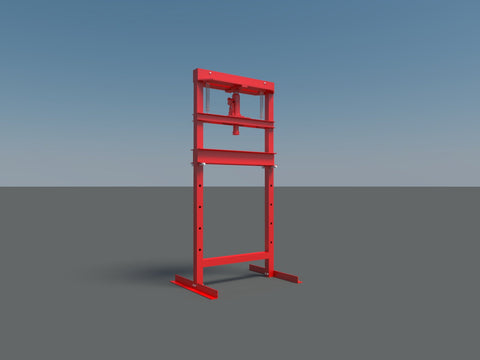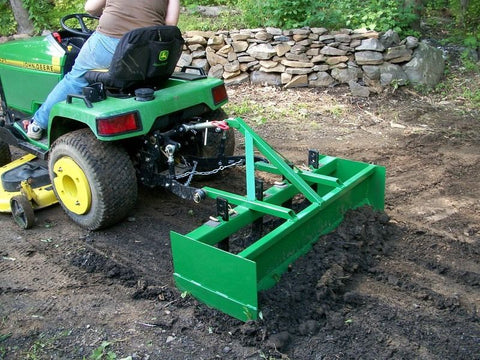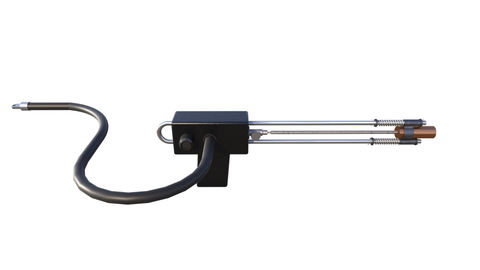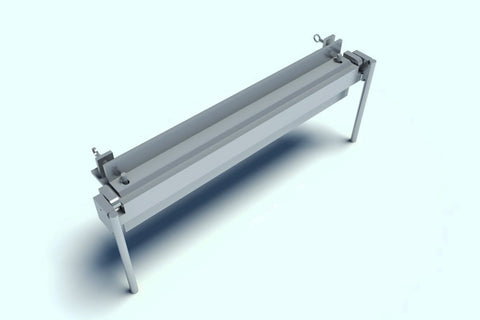Tablesaw Outfeed Table Cabinet DIY Plans Table Saw With Storage Woodworking Equipment
Easy to follow DIY plans. When complete the Tablesaw Outfeed Table Cabinet will be 42-3/16 in. deep X 53 in wide. The height will be adjustable. This simple outfeed table makes table saw operation safer, provides valuable workspace, and includes built-in storage below.
What is a Tablesaw Outfeed Cabinet?
If you're looking for a cabinet that can accommodate your tablesaw, you've come to the right place. This article will explore the features, construction, and adjustment options for these cabinets. Once you've made the decision to purchase an outfeed cabinet, you'll know how to use it to maximize your shop's efficiency. Keep reading for tips to find the perfect outfeed cabinet for your shop.
Features
There are a variety of benefits to using a Tablesaw Outfeed Cabinet. These tables can improve the efficiency of your shop by eliminating wasted floor space under extension wings. In addition, the outfeed table's miter slots can make alignment easier. A multi-purpose cabinet can also serve as an infeed table. It can also store the blade, rip fence, and other accessories. Listed below are the most important features to look for in a Tablesaw Outfeed Cabinet.
Construction
There are two ways to attach a tablesaw outfeed table to a stand. One is to attach the outfeed table directly to the tablesaw's flange, using a dado blade or a featherboard. The other is to bolt the outfeed table to the frame, using a high fence or angle iron fence system. Once attached to the table, the outfeed table has to be level with the table's flange. For this, a 3/4"-diameter roundover bit is used to ease the bottom edge of the plate against the table's flange. If the outfeed table is too low, it may need to be trimmed slightly to fit against the table's fence rail.
Setup
If you're setting up a new tablesaw, you'll want to make sure you have the proper tool setup for table saw outfeed cabinets. This article will cover the steps you need to follow to set up a tablesaw outfeed cabinet. First, you'll need a table saw and some MDF. First, cut your table core pieces to size. Then, glue them together. Make sure to use brads to keep the pieces from shifting when clamping. You'll also need to trim the edges of your leg extension so that they sit flush against the saw table.
Adjustment
The tablesaw's outfeed cabinet should be adjusted for optimal performance. It is usually attached with two connecting arms, each twenty inches long. These should be rabbeted to fit the uprights and feature a 5-1/2" height adjustment slot. The two T-nuts attached to the outside of the uprights hold the arms in place. Adjust the fence until the slot and the blade are parallel to one another. Then, set the blade height accordingly.
Cost
Whether you're a hobbyist or a professional woodworker, the cost of a Tablesaw Outfeed Cabinet will depend on several factors. The table must be level and low to the surface of the table saw. A table that's too high will cause kickback and take up valuable floor space. Additionally, you'll likely need to modify your outfeed cabinet to accommodate the table's outfeed table.
Safety
Using a tablesaw can be dangerous, and a safety cabinet can help minimize the potential risk of injury. Many tables saws are equipped with riving knives, which prevent the blade from kicking back in the event of an unplanned kickback. A riving knife also helps limit large kickbacks. While these measures may seem like overkill, they are essential for maintaining the safety of your workpiece and your body.
All plans are designed by Ben Stone. Ben is a retired Engineer in Canada. Ben also drafts these himself using the latest AutoCAD software to ensure accuracy. He studied Engineering back in the early 1980's. After over 30 years in the Construction industry he developed a passion for building cool items around his farm and cabin. These are great DIY projects. With a little skill anybody can Do It Yourself. Ben is always a email away if you have any questions while building one of his projects. He is adding new plans all the time.










